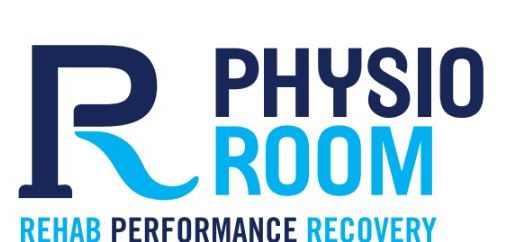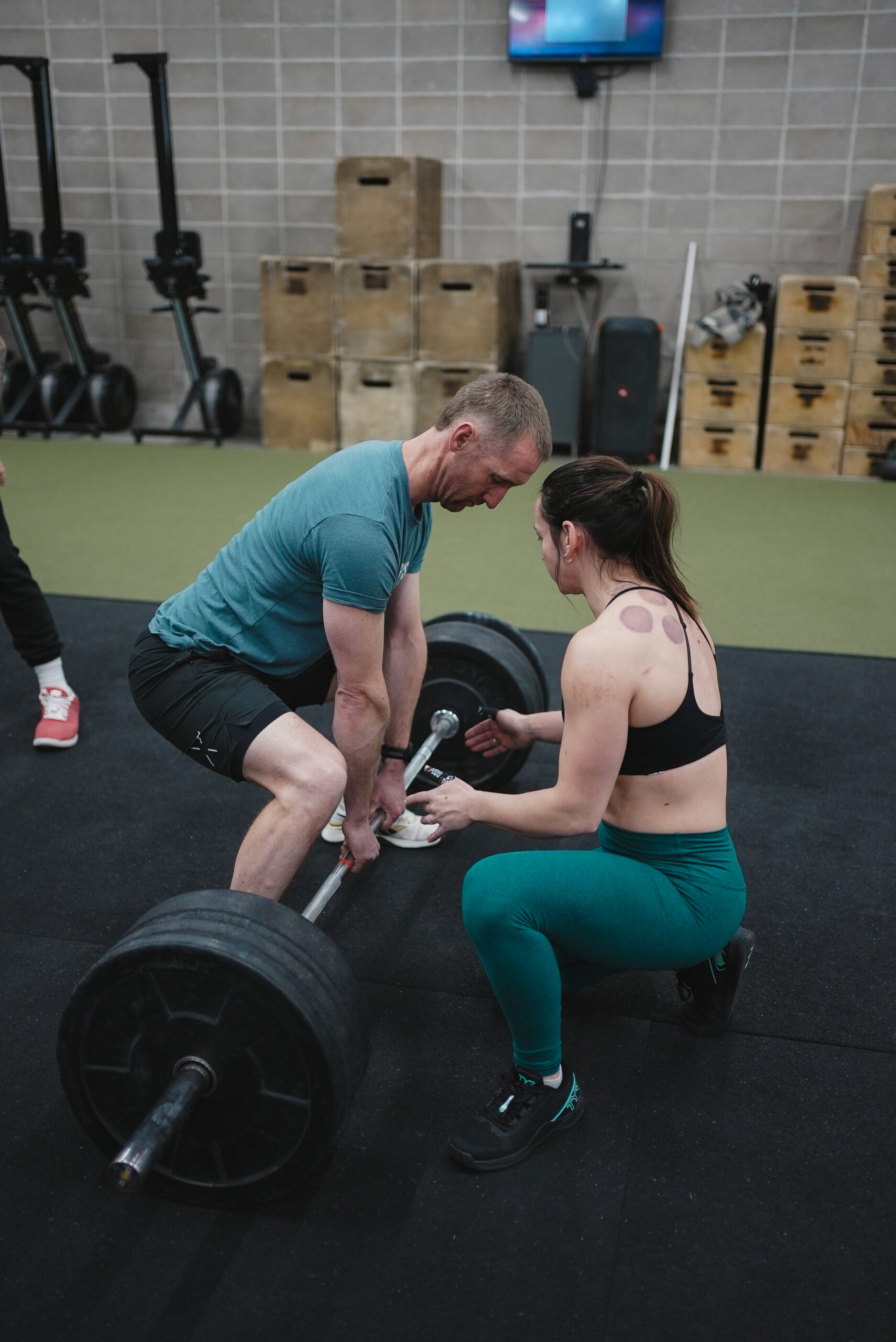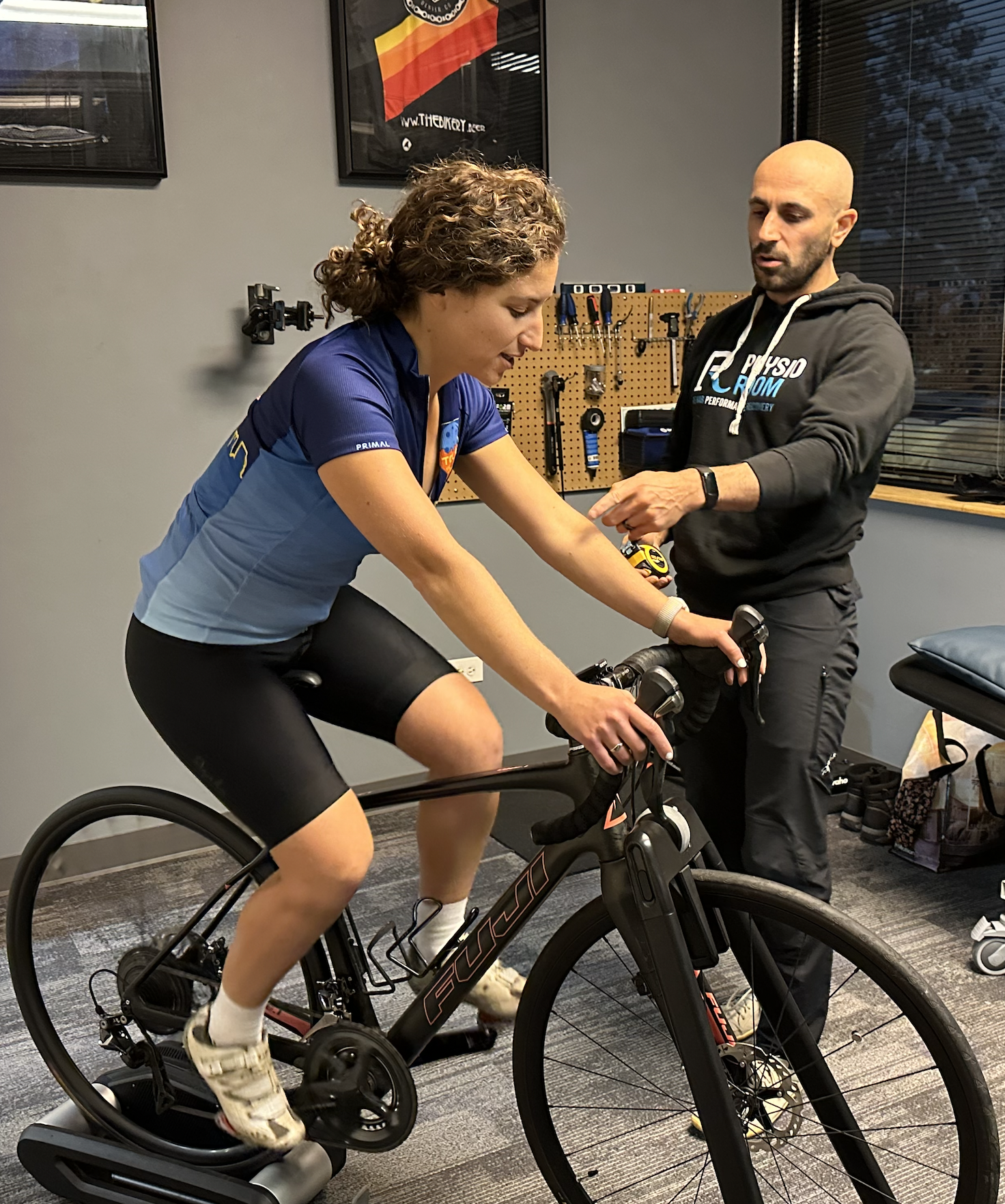3 Essential Steps for Returning to Barbell Training After Injury
Let’s set the scene. You’ve finally started feeling better from that nagging injury and are ready to return to your normal training after a few long months away from your usual routine. You’re excited to get back to barbell sports — who doesn’t love hitting some heavy back squats or putting weight overhead?! But the question is… how? Am I “safe” to do so? Is there some sort of “process” to reintegrate into barbell sports?
The answer is yes.
Barbell sports, including the foundational lifts (Squat, Deadlift, and Press, both horizontal and overhead) — require a strategic approach when returning after injury. Olympic Weightlifting, including the Snatch, Clean, and Jerk — often trained in CrossFit — demands a unique combination of speed, power, flexibility, and coordination. Regardless of the injury or pain you’re dealing with, returning to the barbell can feel intimidating.
If you take away just one thing from this article, let it be this: returning to the barbell doesn’t mean diving straight back into the full movement and “seeing how it feels.” There IS a process to follow, and can be applied to everyone and every condition.
So if you’re having pain, recovering from injury, or generally needing some guidance returning to barbell activities after an extended period, this one is for you!
1. Load POSITIONS first.
This depends on what’s relevant to you – were you having knee pain when squatting? Were you having shoulder pain with overhead pressing? Low back pain when pulling from the floor in a deadlift, clean, or snatch?
When tissues start calming down, it’s time to load these positions. After all, without positional strength, controlled mobility, and body awareness here… how can we be expected to move in and out of them with speed at the capacity we used to? In fact, if you’re still having pain, it is highly recommended to take time improving your tissue loading capacity for these movements first.
Examples:
- Bottom of Back Squat Holds
- Front Rack holds
- Deadlift lift-off
- Overhead Hold
This will help with:
Increasing your positional awareness and coordination – neuromuscular adaptations happen quickly before any form of strength building takes place. Re-learn to control the phases of movement if you want the strongest, safest comeback!
Overcoming previous movement faults – If you’ve experienced pain or injury due to a movement impairment, gradually loading these positions will help address the mobility or strength limitations that contributed to it. For instance, in the setup and lift-off position of a deadlift, clean, or snatch, make sure your lats are fully engaged by pulling your shoulder blades down toward your hips before lifting.
Build tissue loading capacity – We need to ensure that our shoulders, lower back, hips, and everything else are ready to handle changes in velocity. The most effective way to do this is by loading these positions first!
2. Improve your mechanics and control in TRANSITIONS of the lift.
Now it’s time to build speed and link these positions together.
This is the BEST way to re-integrate previously painful positions and improve your overall mechanics, no matter the lift, allowing you to come back stronger than ever.
Progress to:
- Pause deadlifts at knees
- Clean and Snatch Pulls
- Front Rack Dip Drive (without pressing overhead)
- Squat – adding tempo, pauses, or certain ranges of motion
These drills will:
Help re-build your coordination with the lift – Expand upon the positional strength from above by maintaining the same relevant cues through different positions of the lift.
Improve the tissue capacity for changes in velocity – If you are recovering from any form of tendinous injury, this is especially important. We want to gradually build your body’s tolerance to this.
Develop improved technique in your mechanics – Sometimes, when we improve HOW you move, we don’t have to address one body region alone. Your body re-organizes to a new movement pattern and can offload irritated tissues in the process.
3. Program Modifications and Development
We need to make sure your programming allows you to return in a gradual, healthy manner relative to your injury.
Is your pain or injury aggravated at certain loads?
Let’s reduce this load for 2-4 weeks, and work at a percentage that allows pain to stay below a 2/10 intensity. This will help us focus on the necessary strength building and mechanical development, while helping tissues heal and adapt to the demands of the lift.
Is your pain or injury aggravated under fatigue?
We may have to reduce the volume, or take out a few movements in your programming. Also, if you’re a CrossFit athlete, you may encounter workouts that demand a high volume of other movements that involve the area of your pain. Consider reducing your volume on those too to allow for more recovery!
Is your pain or injury aggravated at a certain Range of Motion?
Alter the movement to a reduced range. Example: if you have pain when lifting from the floor, consider doing hang or block snatches for 2-4 weeks, and gradually progressing the range back down to the floor. If you have pain in the overhead position, work on the mechanics from the floor through the pull. Spend time loading and strengthening the overhead position with a rehab professional, and gradually re-integrate to Power Snatches and Overhead Squats before full-Snatching.
Do you not have pain with training, but have a delayed onset of pain that extends your recovery? → consider reducing intensity and volume anyways, and make sure you’re sleeping well. You may also want to ensure you’re addressing the RIGHT things when fixing your snatch mechanics, which requires a close eye by a coach and/or rehab professional!
In Conclusion
Returning to the barbell post-injury requires a careful, step-by-step approach. Focus on building positional strength first, then work on refining transitions and speed. Incorporate plyometric exercises to improve explosive power and coordination, and continue with relevant accessory work to support your recovery. Be mindful of your programming, making adjustments based on your injury’s impact on load, fatigue, and range of motion. By following these guidelines, you’ll not only come back to the barbell stronger but also reduce the risk of re-injury, ensuring long-term success in your lifting journey.

Written by Dr. Jessie Czarnecki – DPT, OCS, CSCS, CF-L2, USAW-L1| Physio Room




No responses yet